Press Releases
WBC responds To Criticism Of Open Scoring

The WBC is very pleased with the use of open scoring, which was very revealing and successful in the Danny Garcia–Mauricio Herrera fight on March 15 in Bayamon, Puerto Rico. It wasn’t the first time the WBC used open scoring with noticeably positive results. In fact, the WBC has used open scoring in approximately 3,500 fights in more than 40 countries around the world.
In spite of the obvious success of open scoring in the Garcia-Herrera bout, some journalists still criticized its use after the fight. In general, the most widely heard criticism was basically, “If a fighter knows he is far ahead after the eighth round, he will play it safe instead of fighting.”
Obviously, everyone is entitled to his or her opinion. However, the WBC would like to point out the blatant inaccuracies in some of the specific criticisms made after the Garcia-Herrera fight.
Criticism No. 1: “The WBC…convinced the Puerto Rican boxing commission to use the rule…”
Truth: The Puerto Rican commission has used the open scoring rule since 2007 and has used it in all WBC fights there since then.
Criticism No. 2: “When the scores were announced after the fourth and eighth rounds it was clear that Herrera was going to need at least multiple knockdowns to win, and he never came close to getting Garcia off his feet.”
Truth: The reporter’s math is just plain wrong. After the eighth round, the scores were announced as 77-75, 78-74 Garcia, 77-75 Herrera. Simplified to rounds, that equals Garcia to leading on two scorecards — 6 rounds to 2 and 5 rounds to 3; with Herrera leading on one scorecard — 5 rounds to 3.
If Herrera had won the last four rounds with no knockdowns — 10-9 — on all three scorecards, he would have won the fight by majority decision. The scores would have been: Herrera — 7 rounds to 5, and 9 rounds to 3, with one scorecard even at 6 rounds to 6. So in this case, open scoring let everyone know — the fighters, their corners, the journalists, and the fans — that the fight was still close. Herrera could have won with a late round rally.
Criticism No. 3: “Open Scoring takes the drama out of boxing”
Truth: Having the fight still up for grabs at the end of the eighth round creates drama, great expectation, and fan involvement. A shutout is easily recognized in boxing (even without open scoring), just as in other sports — a baseball game 18-2 in the 7th inning, or a football game 55-10 in the fourth quarter.
All of the television networks in the United States and in many other countries around the world have one or more of their ringside commentators keep an “unofficial” scorecard during fights. Some networks occasionally have “press row” scores, and some have now added the fans’ scoring on Facebook. Sometimes those unofficial scores are accurate, sometimes they can be misleading, but their use is never criticized. Announcing the official scores, however, receives constant criticism.
Not all post-fight media comments about open scoring after the Garcia-Herrera bout were negative. The WBC thought one journalist in particular was completely unbiased and accurate in his assessment of its use and success.
Review on Saturday’s Open Scoring, by Karl Freitag – Fightnews.com:
“The WBC’s ‘Open Scoring’ rule allows the fighters, their corners and the audience to become aware of the official scores of the judges at the end of the fourth and eighth rounds. According to the WBC, the benefit is that “fighters and their corners are given the opportunity to adjust their strategy and make the fight more competitive and dramatic.
“The main knock against open scoring is in the event a fighter finds out he’s built an insurmountable lead, he can basically coast the last few rounds and still get the win.
“Open scoring was used in Saturday night’s fight between unified super lightweight champion Danny “Swift” Garcia and Mauricio Herrera. After round four we knew the scores were 40-36, 39-37 for Garcia and 38-38. After eight rounds we knew that Garcia was ahead 78-74 and 77-75 on two cards, while Herrera was up on one card 77-75.
“The last four rounds delivered good two-way action, so one could say open scoring did its job this time.” [End]
***
The WBC instituted this rule in an effort to bring credibility and transparency, which is much needed in our sport, but most importantly, to give both fighters and their corners the possibility of knowing precisely how the fight is after 4 and 8 rounds. They can take actions and change strategies while the flight is still going on, no excuses.
The WBC has faced criticism throughout history. Boxing purists don’t like changes — few people like changes — but it is a fact that the boxing world of today is much different than before. It is safer and better.
-

 Featured Articles3 weeks ago
Featured Articles3 weeks agoAvila Perspective, Chap. 330: Matchroom in New York plus the Latest on Canelo-Crawford
-
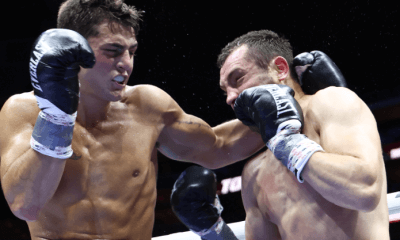
 Featured Articles2 weeks ago
Featured Articles2 weeks agoVito Mielnicki Jr Whitewashes Kamil Gardzielik Before the Home Folks in Newark
-
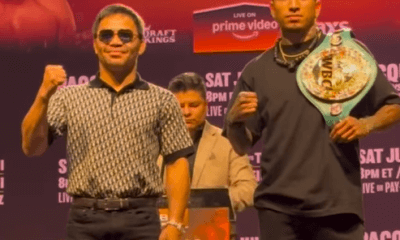
 Featured Articles4 weeks ago
Featured Articles4 weeks agoAvila Perspective, Chap 329: Pacquiao is Back, Fabio in England and More
-
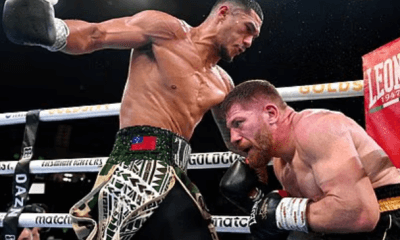
 Featured Articles3 weeks ago
Featured Articles3 weeks agoOpetaia and Nakatani Crush Overmatched Foes, Capping Off a Wild Boxing Weekend
-

 Featured Articles2 weeks ago
Featured Articles2 weeks agoCatching Up with Clay Moyle Who Talks About His Massive Collection of Boxing Books
-

 Featured Articles4 weeks ago
Featured Articles4 weeks agoFabio Wardley Comes from Behind to KO Justis Huni
-
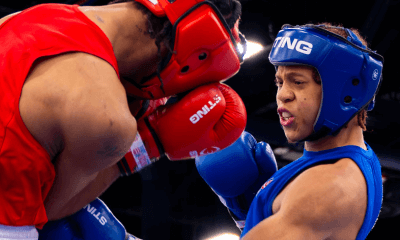
 Featured Articles1 week ago
Featured Articles1 week agoMore Medals for Hawaii’s Patricio Family at the USA Boxing Summer Festival
-
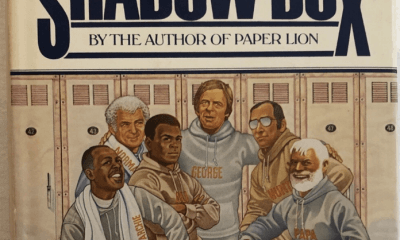
 Featured Articles4 weeks ago
Featured Articles4 weeks agoDelving into ‘Hoopla’ with Notes on Books by George Plimpton and Joyce Carol Oates















